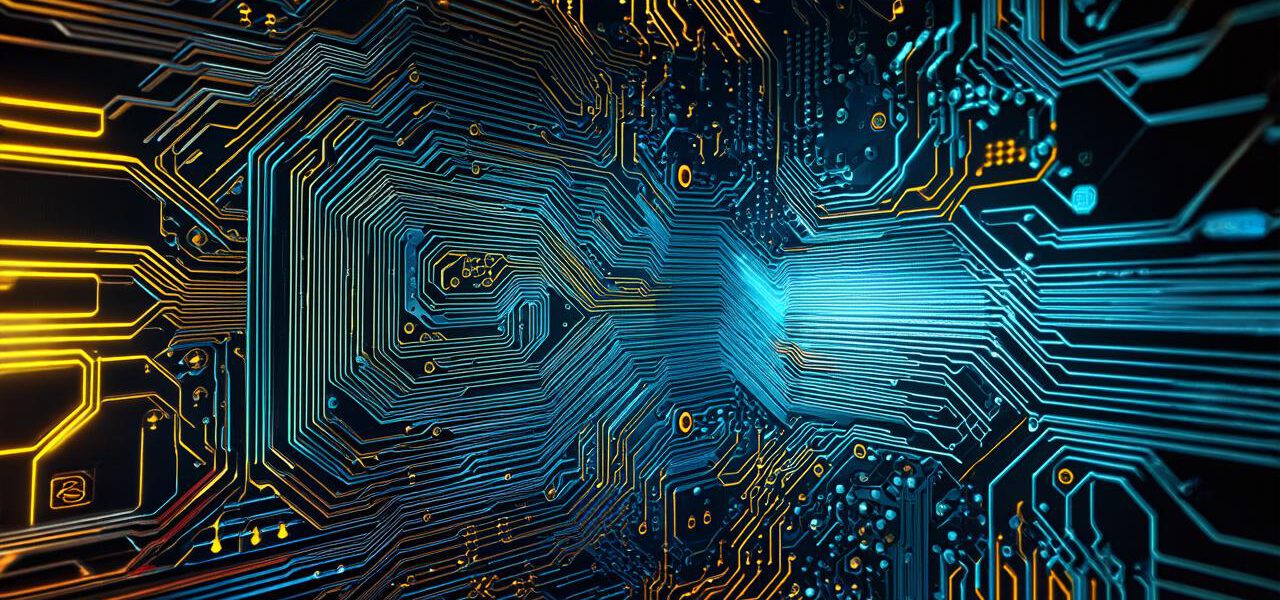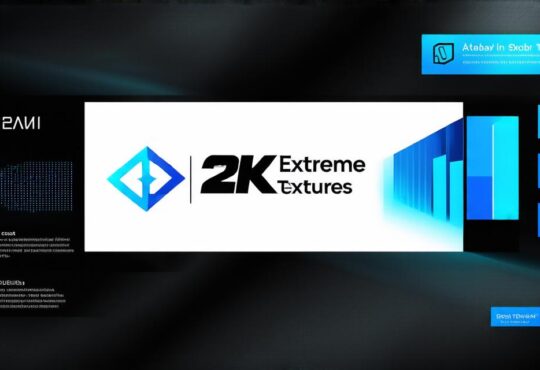
How to create successful blockchain games?
Blockchain technology is revolutionizing the way we interact and engage with digital content, including games. With the added security and decentralization of blockchain, games have become a new frontier for innovation and revenue generation. In this comprehensive guide, we will explore the key steps to creating successful blockchain games, including game design, development, distribution, and monetization strategies.
Understanding Blockchain Games
A blockchain game is a digital game that runs on a decentralized blockchain network. It uses smart contracts to automate transactions and enforce rules, ensuring transparency, security, and immutability of the game’s assets and data. This technology allows for new gameplay mechanics and revenue models, such as token sales, in-game purchases, and play-to-earn systems.
The following are some key features of blockchain games:
- Decentralized infrastructure: Blockchain games run on a decentralized network, eliminating the need for intermediaries or central authorities. This allows for a more transparent, secure, and trustworthy gaming experience.
- Smart contracts: Smart contracts automate transactions and enforce rules, ensuring that game assets and data are stored in an immutable and secure manner.
- Tokenization: Games can use tokens to represent in-game assets, such as characters, items, or collectibles. These tokens can be bought, sold, and traded on a blockchain marketplace, providing new revenue streams for the game developers.
- Play-to-earn systems: Players can earn tokens by playing the game, creating new revenue models and incentivizing player engagement.
Game Design Principles
To create a successful blockchain game, you need to have a solid understanding of game design principles. The following are some key design principles to consider when building a blockchain game:
- Engaging gameplay mechanics: A well-designed game should provide an engaging and immersive experience for the player. Consider using unique gameplay mechanics that leverage the strengths of blockchain technology, such as decentralized storage, immutable data, and smart contracts.
- Clear objectives: Define clear objectives and goals for your game, such as completing missions or achieving a high score. These objectives will help guide the player’s experience and provide a sense of accomplishment.
- Reward systems: Create a reward system that incentivizes players to engage with the game. This can include in-game rewards, token sales, or other forms of monetization.
- User experience: Design the user interface and user experience to be intuitive and easy to navigate. Consider using blockchain technologies such as decentralized storage and immutable data to enhance the player’s experience.
Development and Implementation
Once you have a solid game design in place, it’s time to start developing your blockchain game. The following are some key steps to consider when building a blockchain game:
- Choose a blockchain platform: There are several blockchain platforms available for game development, such as Ethereum, EOS, and Tron. Each platform has its own strengths and weaknesses, so choose one that best fits your game’s needs.
- Develop smart contracts: Smart contracts are essential for automating transactions and enforcing rules in a blockchain game. Consider using popular programming languages such as Solidity or Java to develop your smart contracts.



